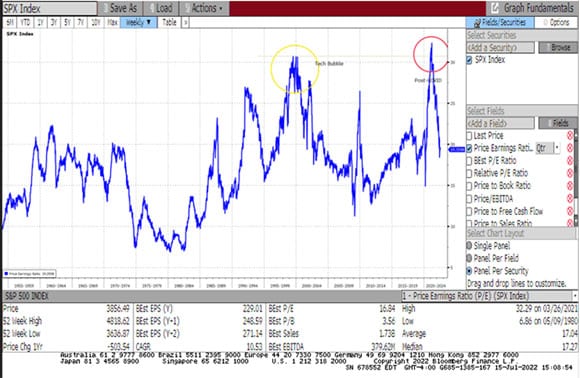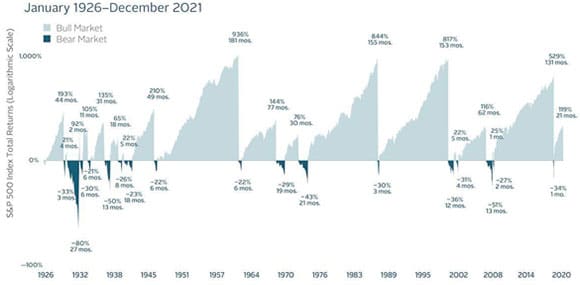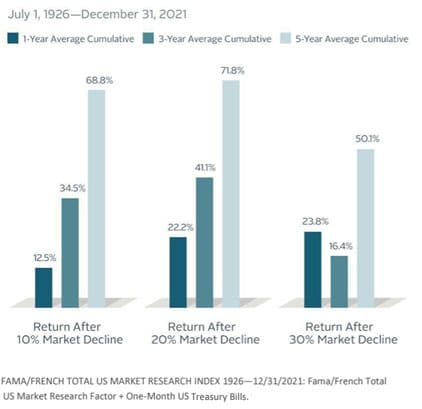Inflation has been the hot topic all year. Just when we thought it had peaked in May at 8.6%, the U.S. Bureau of Labor Statistics reported the June Consumer Price Index (CPI) at 9.1% on an annualized basis, but with falling gas prices, July’s report showed CPI at 8.5%. Producer Price index (PPI) was reported at 11.6% in June, but it too measured lower in July at 9.8%. PPI shows the prices paid by companies that make the final goods we all consume and provides an early directional indication of what we might expect in future CPI reports. We are hopeful to have seen to peak in inflation, but we know the Fed is likely to follow through with higher interest rates until they are sure inflation has been tamed.
In recent months, food and energy were the biggest factors driving consumer prices higher. However, the trend is widening as rent, automobiles, and medical care prices increased in June. While slow to start, Federal Reserve Chairman Jerome Powell has stated multiple times that the U.S. central bank will work to reduce inflation and try to contain its spread. Their actions may have been effective when looking at CPI and PPI. Oil and gas futures have declined since early June, with oil futures falling more than 25% and gas futures down 28%. You probably think something is wrong since you have not seen this level of decline at the pump. Remember, these are futures prices, so prices lag, but the gas station marquees on a national scale are showing a 21% decline from their June highs. This doesn’t mean inflation is now in check, but it seems like a glimmer of hope that we could see prices stabilize soon.
In the meantime, the CPI report pushed the probability of higher interest rates. We have already seen the overnight lending rate managed higher in each of the last four Federal Reserve meetings to its current rate of 2.5%. The market is now pointing to a better than 50% probability we will see the Fed increase the overnight lending rate by 0.50% in their Sept. 21, 2022 meeting, but some regional Fed Presidents have stated they see justification for a 0.75% increase. By year-end the overnight lending rate is expected to reach 3.5%.
Treasury yields are also warning a recession may be in our future as the 10-year yield fell below the two-year yield again on July 5, after a two-day inversion in early April. It remains inverted (as of Aug. 18, 2022) and is generating plenty of conversation. This classic recession signal is not the one preferred by the Federal Reserve, which uses a shorter-term indicator. That version still shows near-term recession probabilities below 50%, but the topic is worthy of discussion. We don’t believe it is outlandish to consider an economic slowdown, given that the Federal Reserve seems focused on raising rates to slow inflation. We have discussed this in recent months as a distinct possibility along with many other market watchers. Federal Reserve Chairman Jerome Powell has fielded questions about the possibility of a recession as well. While he has not openly stated his opinion, preferring instead to say it is not his intention to send the economy into a recession, he admits he considers it a possibility. With the S&P 500 having closed more than 20% down from its Jan. 3, 2022 high, we are now officially in a bear market. Even though prices bounced off their June 16 bottom in July, conditions have left many investors fearing more downside to come.
We don’t herald the recent market decline, but we prefer to invest in a market environment where prices match company fundamentals. To revisit, we have shown how price-to-earnings multiples were well above long-term averages in late March 2021 and for several months beyond. We have just witnessed an asset bubble burst. Post-COVID, the S&P 500 price-to-earnings ratio spiked above levels seen in the 1999 Tech Bubble. Chart 1 below shows that prices are now much more reasonable, but economic conditions may provide us with better opportunities to invest in the coming months. Please note, the current S&P 500 Forward P/E (current price divided by expected earnings over the coming 12 months) is 18.87, as of Aug.18, 2022, while the long-term average (1950-August 2022) is 17.36, so the market remains a bit above its average valuation by this measure. However, with prices below their recent peak, we believe it is a great time to begin dollar cost averaging (DCA) into the market and continue doing so for at least the next 12 months.
Chart 1.
Source: Bloomberg
Bear markets are often associated with recessions, but not always. The official verdict is still out on this one, but no matter the economic outcome, recent returns remind us that markets don’t just go up. If that were true, there would be no reason to protect your assets with the Henssler Ten Year Rule. Chart 2, below, shows historic market experiences since 1926 and durations of both bull and bear markets. Thankfully bull markets have proven longer lasting and more significant than bear markets. Over the long term, equity markets generally provide a great opportunity to grow your wealth.
Chart 2.
Source: Dimensional Fund Advisors
Wanting to avoid the pain of loss is normal, but history shows it is best to stay the course with your chosen strategy, even when times are tough. While we don’t know if markets have bottomed for this cycle, we know missing out on the rebound could mean you miss out on substantial opportunities, as shown below in Chart 3. This seems inevitable if fear of loss drives your investment decisions.
Chart 3.
Source: Ken French website
If you have questions about inflation, your investment portfolio, or the Henssler Ten Year Rule, contact the Experts at Henssler Financial:
- Experts Request Form
- Email: experts@henssler.com
- Phone: 770-429-9166











